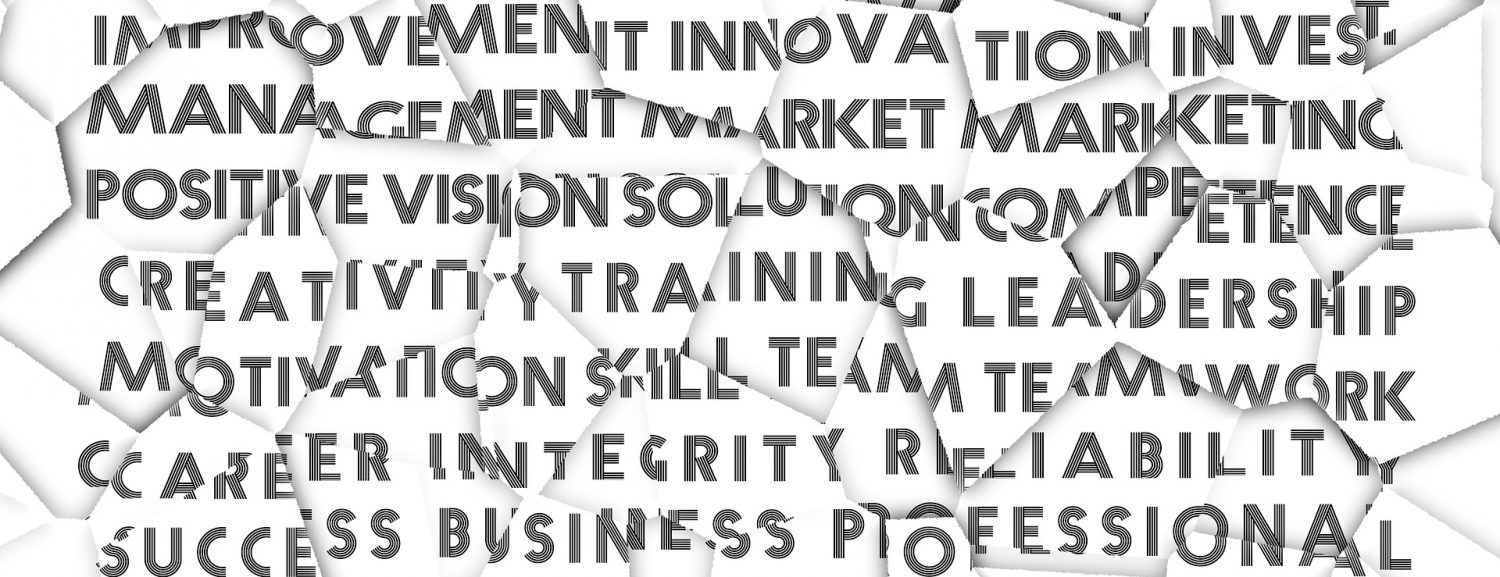Improving Collaboration Among Nonprofit Leaders Through the Fieldstone Leadership Network
This past week marks the halfway point of interning with the Fieldstone Leadership Network’s San Diego location (five weeks down, five more to go). After reflecting on my experience with the organization thus far, I realize that there are very few things I would change to improve the organization’s functioning. For instance, there is certainly no abuse or misuse of leadership from those in formal or even informal positions. After speaking with many nonprofit leaders about how Fieldstone has impacted and aided their leadership over the years, a majority of people expressed praise for its relationship-oriented director, my supervisor Janine Mason. I echo their praise for Janine since I consider her to be an extremely thoughtful, diplomatic and passionate leader. Furthermore, within Fieldstone itself, leader-follower relations are top-notch. I have not witnessed or even heard of any discrepancies among staff regarding the organization’s direction, and the team’s small size creates a close-knit bond. In addition, leadership improvement is the focal point of the network’s mission, therefore Fieldstone takes pride in its wonderful leadership capabilities.
However, there is always room to make conditions better. After conceptualizing my own summer project and after this week’s discussion with Janine over Zoom, I have identified a potential weak spot in the network’s fostering of communication among nonprofit professionals, specifically in regard to communication during both the current pandemic and fight for racial justice. I now believe that the results of my summer project can help to ameliorate this issue.
For context, my summer project is the creation of a weekly newsletter entitled “Leaders in the Field: Profiles During the Pandemic.” I have just finished interviewing 20 nonprofit leaders about their responses to the pandemic using a series of standardized interview questions. While I realize that the project is intended to codify the lessons learned by nonprofit leaders and to celebrate their tireless efforts in the midst of a global pandemic, I now also see this project as an opportunity to create connections between these leaders based on overlaps in their responses.
One of the many benefits of working with Fieldstone (as told by my interviewees) is the opportunity to form lasting connections with other nonprofit leaders. This benefit can always be improved. Thus, using the insight I have gleaned from interviews with a variety of leaders, and from my own background as a leadership studies major, I can see connections between nonprofit leaders who may not interact regularly. After looking over my interview notes, I have begun to compile a list of broad, overarching themes that appear frequently in the interviews. However, Janine noted that I could take this idea a step further by taking note of how certain leader’s values, hopes, and responses overlap. For example, if two people stress the importance of servant leadership in their interviews with me, I could act as a bridge and connect those two people who might not have interacted otherwise. The results of my interviews, as Janine suggested, could be implemented in workshops and other Fieldstone programs in the future.
Improving my summer project by including some data analytics that map the similarities between certain leaders actually improves Fieldstone’s ability to accomplish its mission of making a collaborative nonprofit network. Although this shift in my summer project will not directly improve relations among Fieldstone staff, it will ultimately foster positive and insightful relations among the nonprofit leaders that Fieldstone serves, which is an especially important mission during both a pandemic and civil rights movement.
